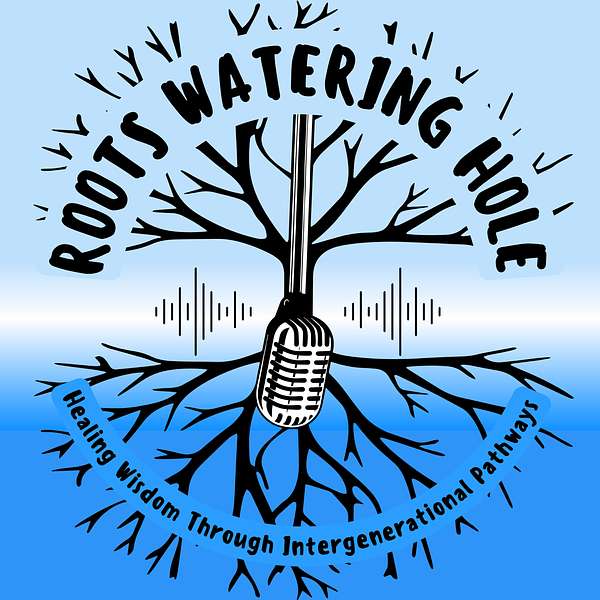
Roots Watering Hole Podcast Series
Roots Watering Hole Podcast Series
March 2022 Garden Education Podcast
CUT, GardenEd, USDA Hardiness Zones 5 and 6, container vegetable gardening, cool, weather crops, sunlight, photoperiod, full sun. partial sun, partial shade, season extension, cold frames, high tunnels, low tunnels, greenhouses
Gardening or hardiness zones (also see) are a critical starting point. Chicago is in a zone that overlaps between zones 5 and 6. Look at the difference between the gardening tasks, crops that you would plant, etc if you were in gardening or hardiness zone 10 in south Florida near Miami.
You can search for the first and last frost dates for your zip code on the Farmer’s Almanac site. Or you can do a search by typing “first and last frost dates” in your preferred search engine. More importantly, is talking to gardeners with experience that you may know. For example, conversations I had with experienced gardeners the week of March 14th yielded a broad consensus that in spite of the answers we received via the apps we used we felt that the best date for Chicago is May 1st. The National Gardening Association app states that there is not a less than ten percent chance for frost.
As a gardener, you should be certain to check the weather forecast for your area. Although frost dates have been recommended regardless of your source for information about frost dates remember these dates are an average. So, should you use May 1st as your last frost date that is great but in case there is a frost after that date (or any time after you have plants to protect) here is a strategy to protect your crops from frost.
While the focus has been on hardiness zones and frost dates another often overlooked aspect of gardening is the heat zone (see the heat zone map). I mentioned bolting briefly and high temperatures are the trigger for bolting episodes.
Another consideration is sunlight or more specifically the amount of sunlight your crops will require each day. Now take a look at the site you use or are considering. Pay close attention though because your site may look totally different during the growing season. Why? Well, if there are trees around with no leaves now, they will have leaves for the summer and well into the fall. That tree may block sunlight and rather than your site being sunny you will find that the site is in partial or full shade. Why is that important? Well, the conditions created by the tree shading your site may mean that rather than growing those tomatoes you were anticipating growing you may need to select crops that can tolerate shadier conditions. I hope that you will be adaptable, and garden-based upon your site conditions. Over the years I have known people that have insisted that they are going to do something just because they like a certain crop and when things do not work out there is a lot of grumbling, or they quit. A better choice is to work in balance or harmony with nature to develop a crop plan around what is suitable for your site or local conditions.
The link to the webpage for this podcast will provide you with links for information about subjects such as the amount of daylight, photoperiodism

